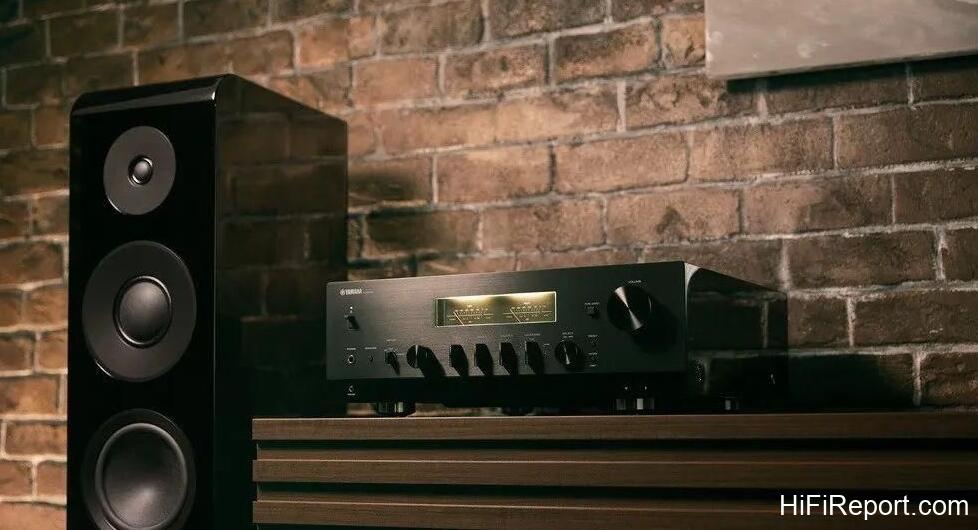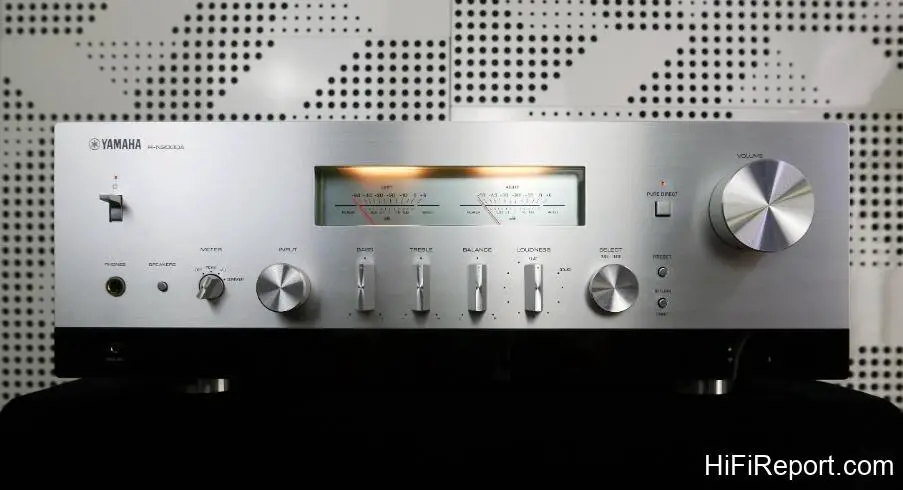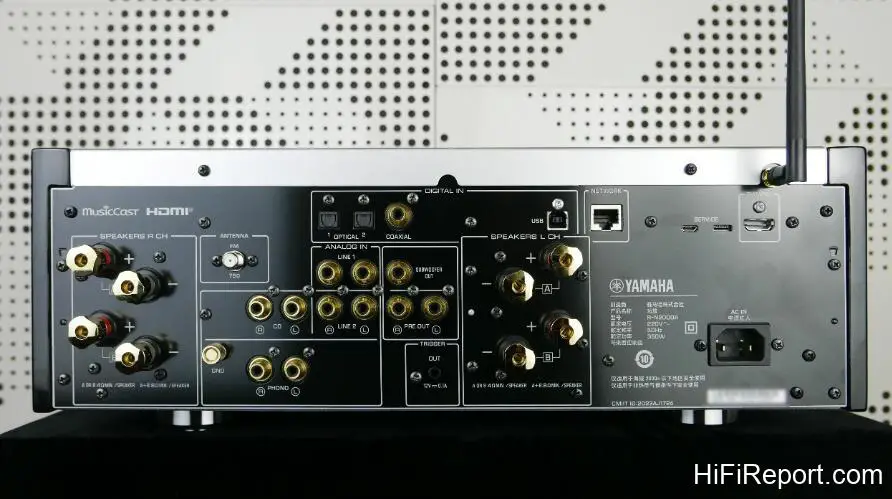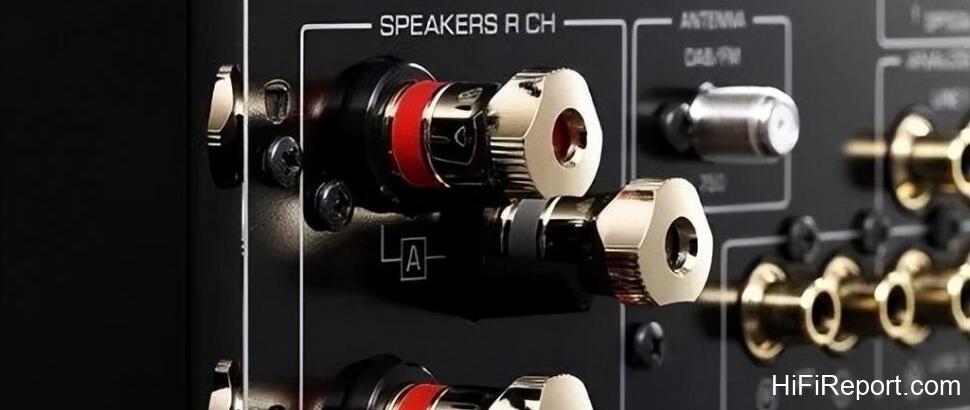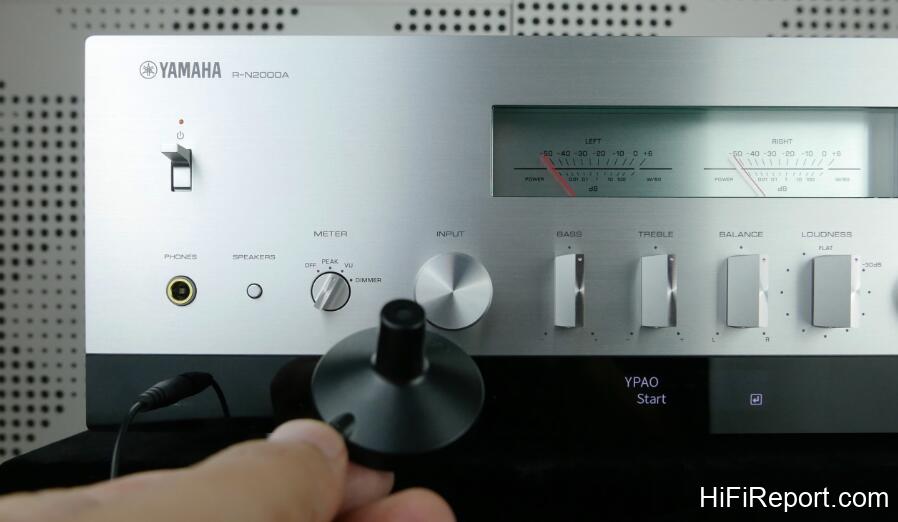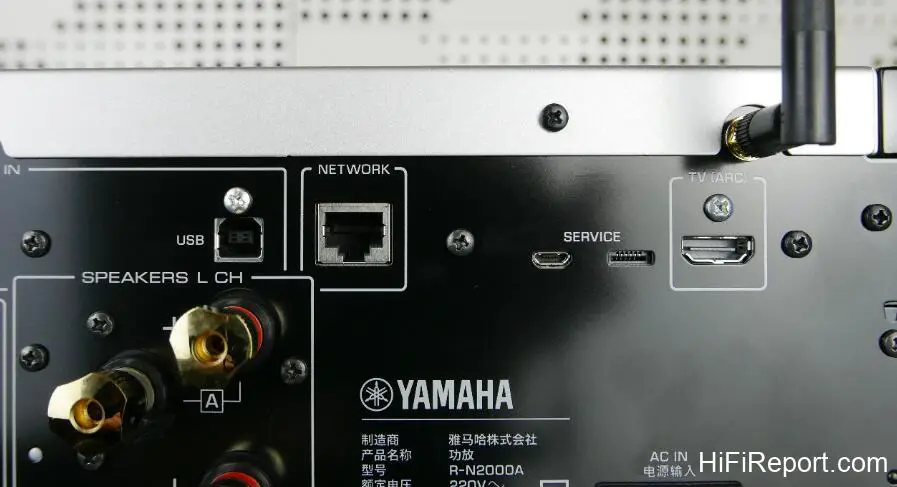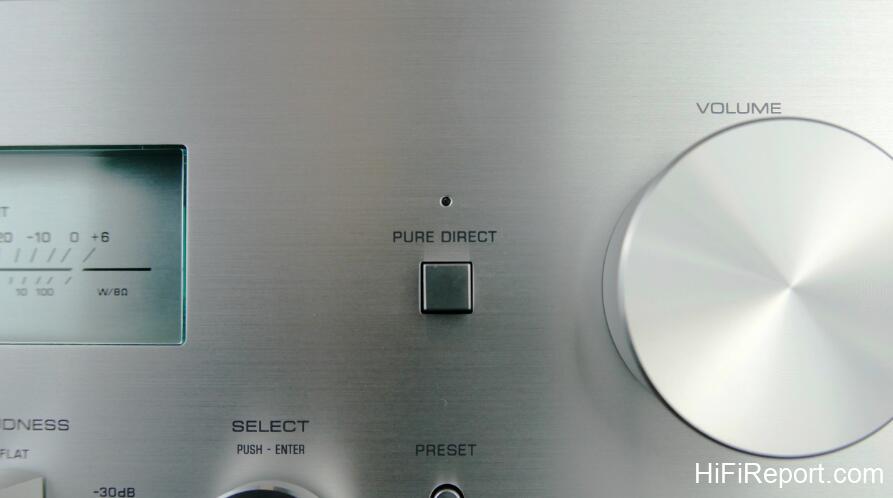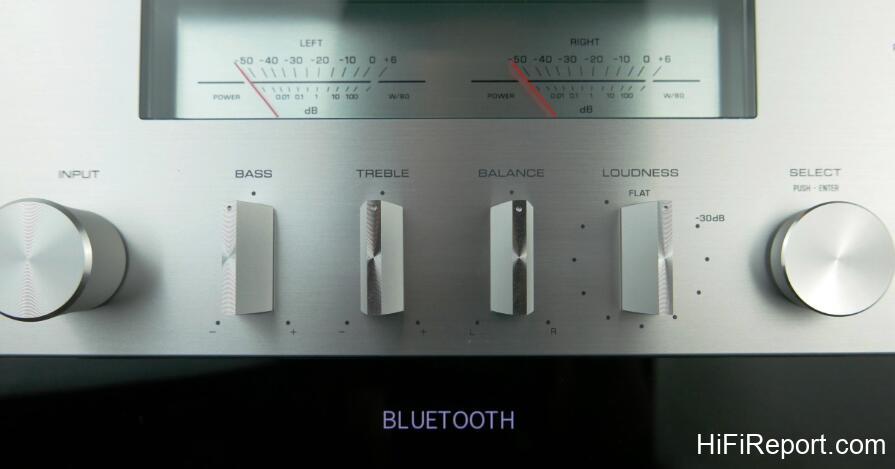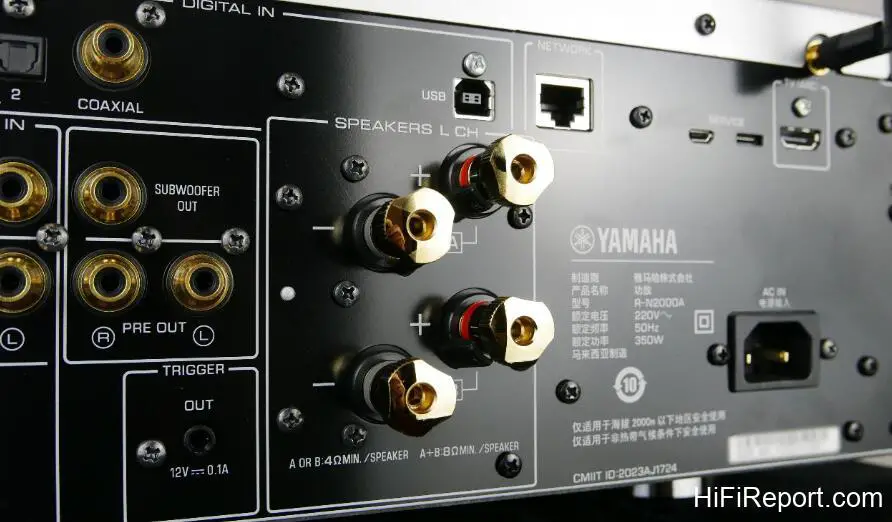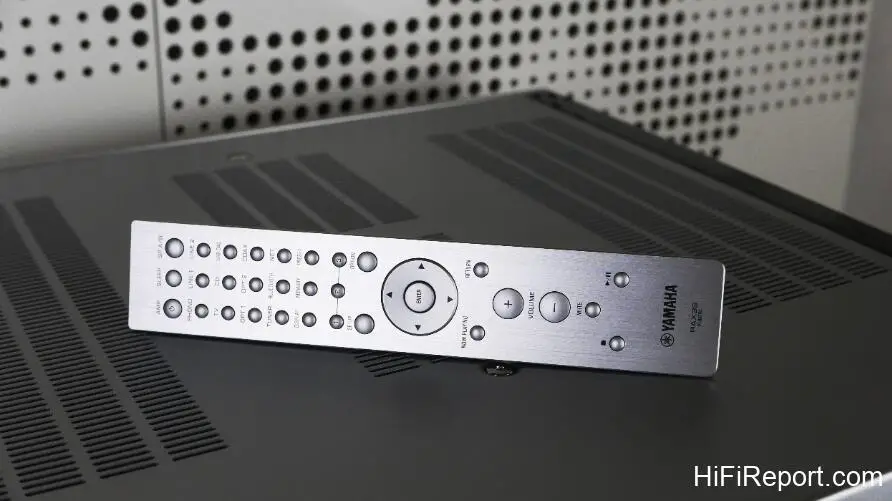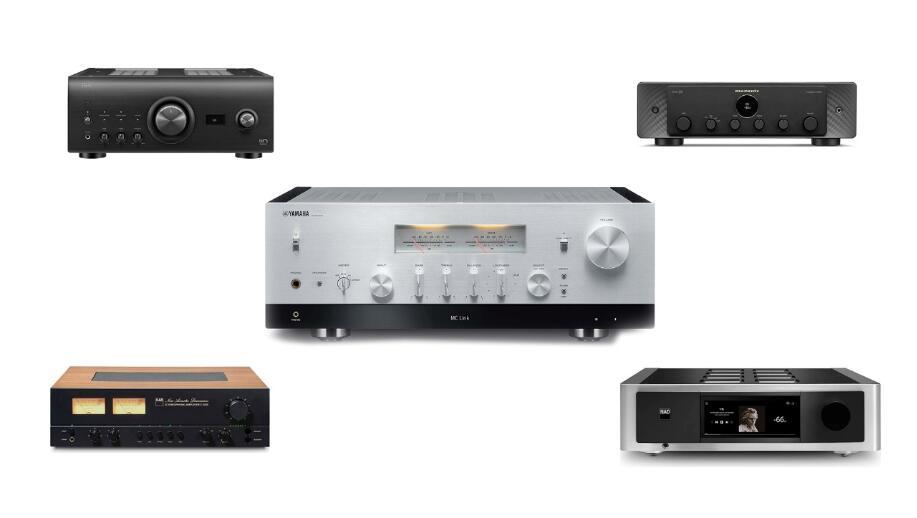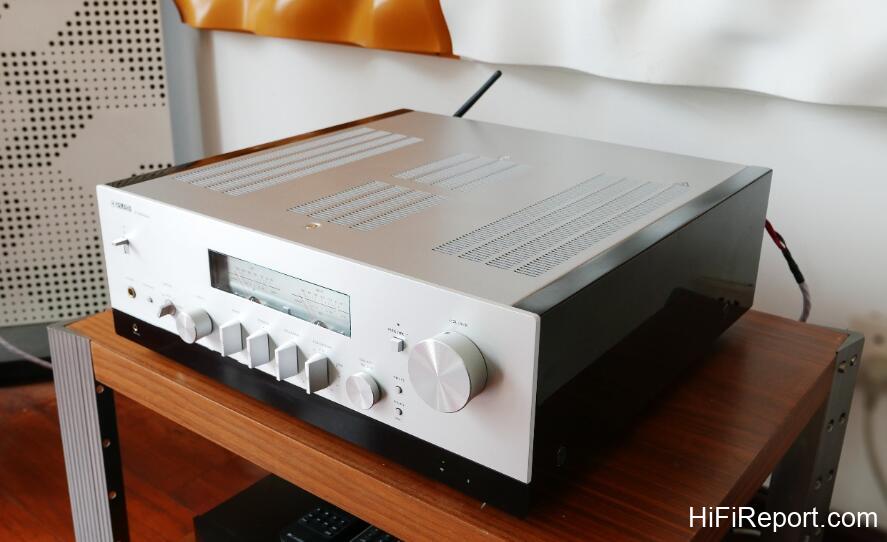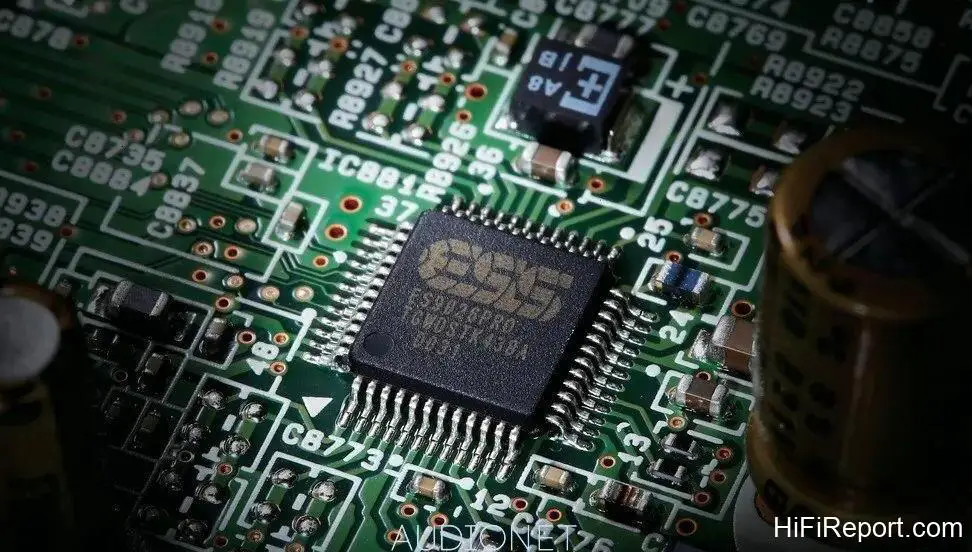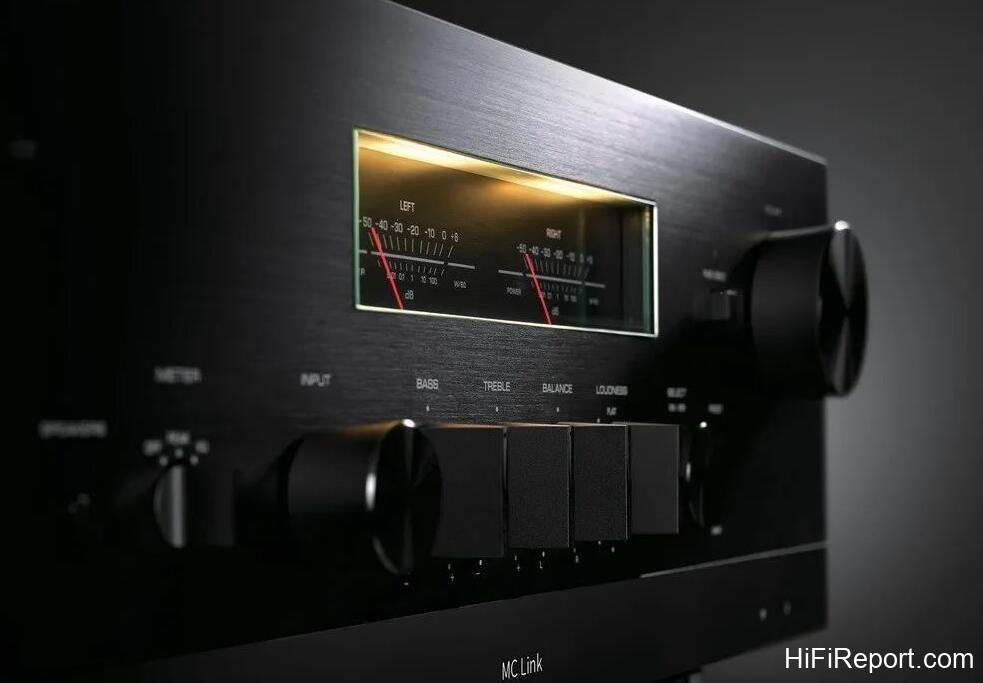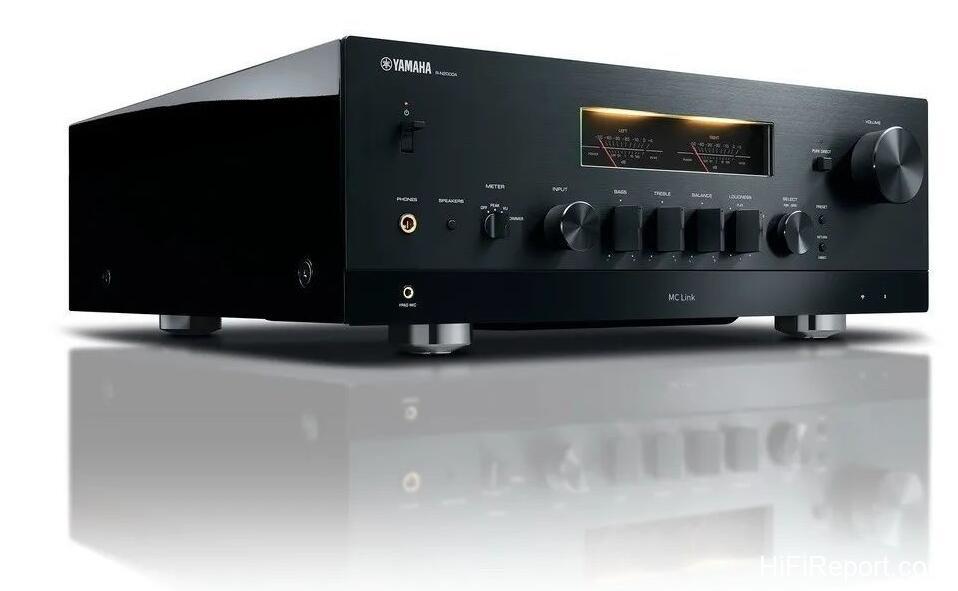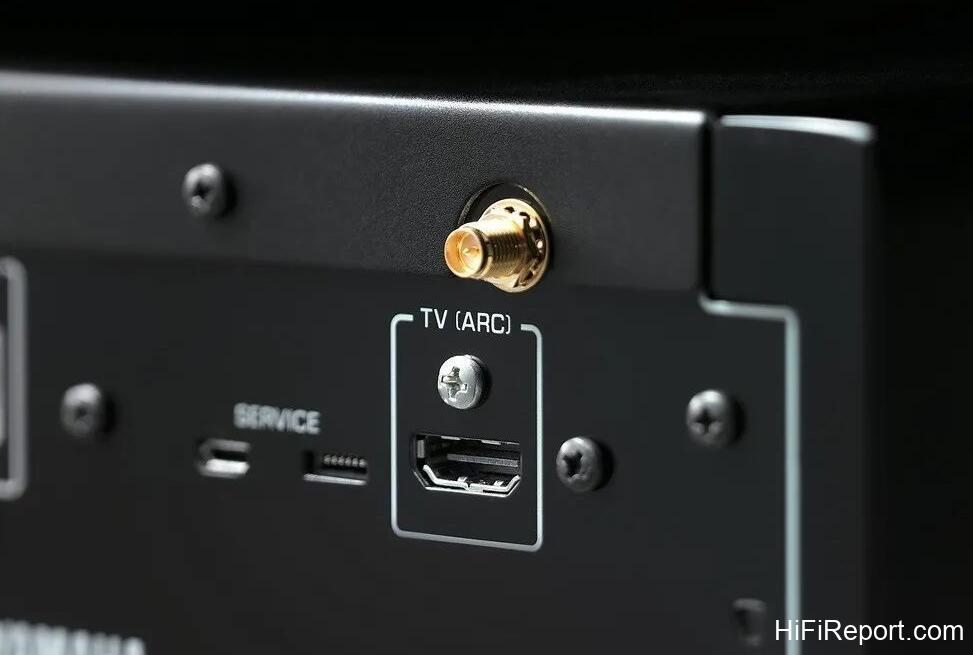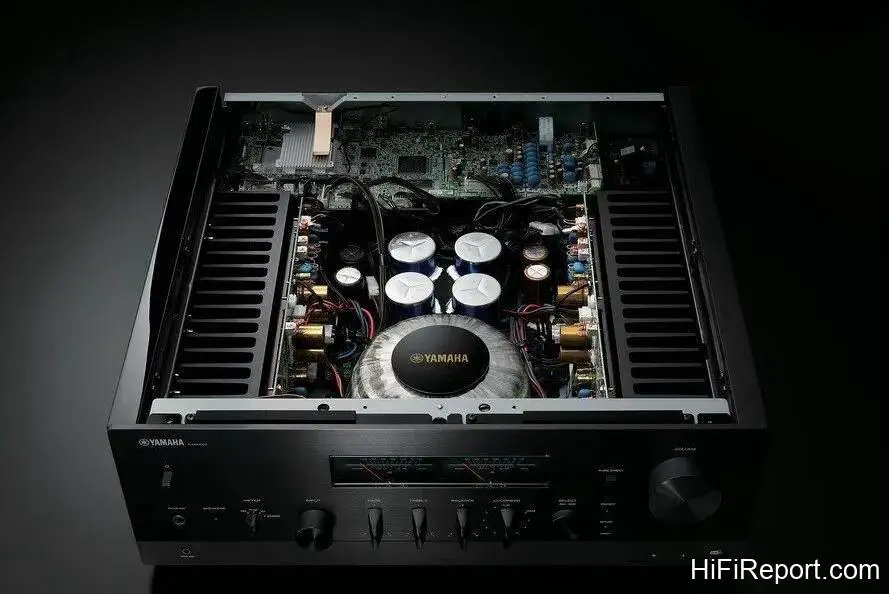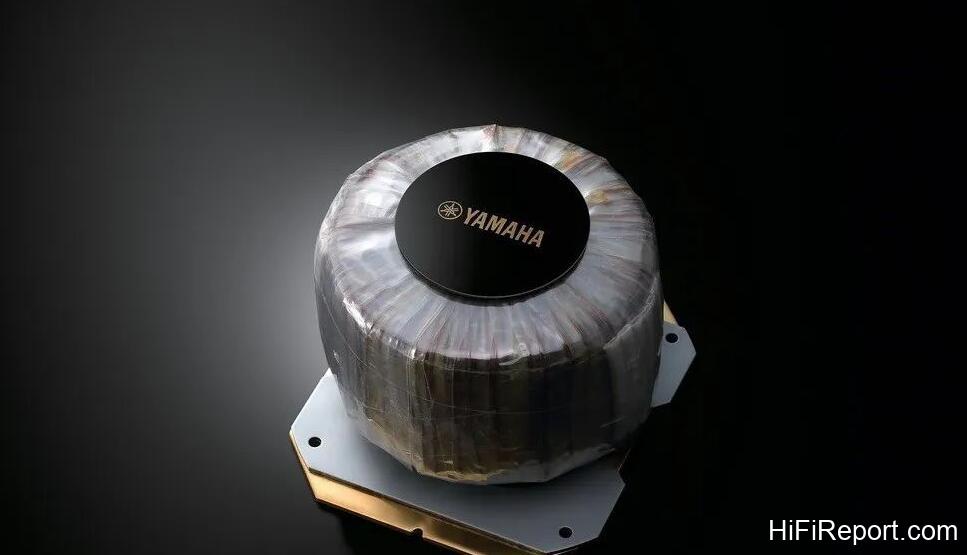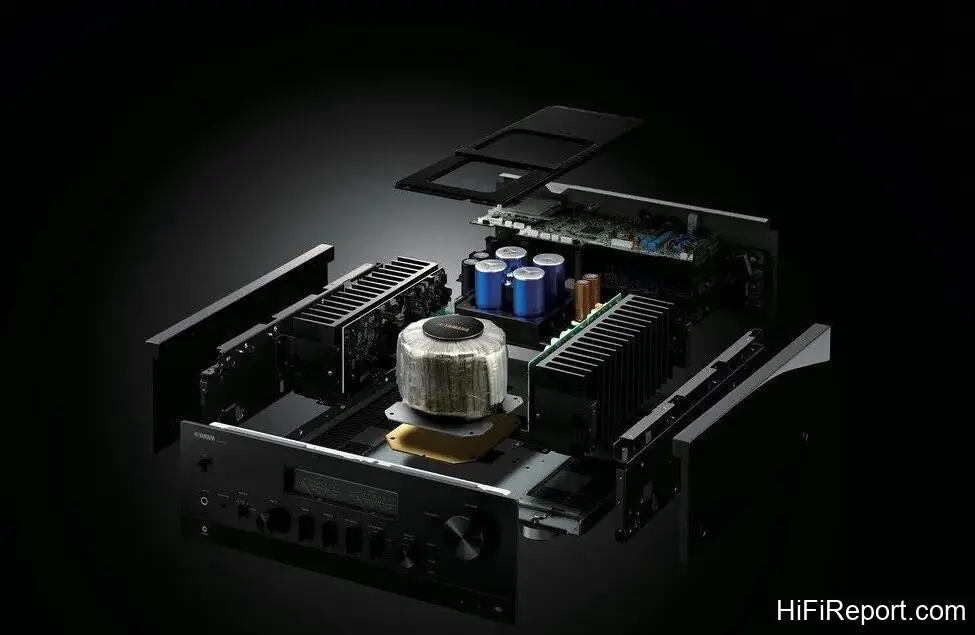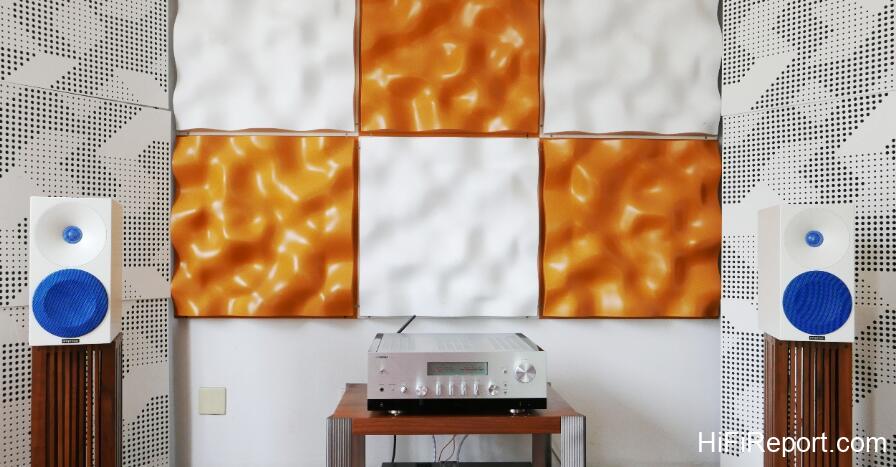Yamaha R-N2000A Stereo Network Receiver Review
In this post, we are introducing the Yamaha R-N2000A Stereo Network Receiver, a high-fidelity streaming amplifier. First, its exterior design is retro-inspired, with a stylish VU meter on the front panel, giving it a mechanical and vintage feel. However, upon closer inspection, you’ll discover it boasts numerous software-based features.
HiFi amplifiers on the market can be divided into two main categories: pure amplifiers designed solely for amplification and streaming amplifiers like the R-N2000A, which typically include wireless, streaming, decoding, and other functionalities.
In Yamaha’s product lineup, the pure amplifiers include flagship models like the C-5000 and M-5000, which consist of separate pre and power amplifiers. Their A-series primarily focuses on integrated amplifiers, with the model number indicating higher levels.
So, what additional features does the Yamaha R-N2000A offer compared to pure HiFi amplifiers? It includes wireless streaming options such as Bluetooth, AirPlay, and QPlay. Secondly, it has an HDMI ARC interface, which might confuse some users.
This amplifier can enhance audio quality by connecting to a TV through this port for those not interested in multi-channel home theatre setups.
This amplifier’s DAC (Digital-to-Analog Converter) uses the ES9026PRO chip, supporting decoding. However, it lacks a USB Type-A port for direct playback and instead features a USB Type-B port on the rear.
This interface, often called USB DAC or USB AUDIO, is mainly used for asynchronous decoding when connected to a computer. It boasts impressive decoding capabilities, supporting up to DSD11.2MHz and PCM 384kHz.
The R-N2000A also incorporates Yamaha’s patented Floating Balance Amplification technology, which originated in 2007. This design separates the grounding points of various amplification circuits, offering several benefits, such as improved symmetry in push-pull output stages, higher signal-to-noise ratios, and enhanced sound performance.
Unlike products on the market using single-ended amplification, those with balanced floating amplification often require larger circuit designs and physical dimensions, resulting in higher manufacturing costs and larger chassis. These costs translate into improved audio quality and contribute to its substantial weight, which reaches 22.1 kilograms.
It’s quite delightful that the Yamaha R-N2000A from Yamaha incorporates their room acoustic optimization technology, YPAO. This technology should ring a bell for those familiar with Yamaha’s AV receivers. YPAO, similar to the well-known Audyssey used by Denon and Marantz or the DIRAC technology utilized in many amplifiers today, is a room correction technique developed based on similar principles.
The key difference is that Audyssey and DIRAC are third-party solutions, while YPAO is Yamaha’s in-house development, making it more seamlessly integrated with Yamaha’s hardware products.
Moreover, finding room correction technology in a HiFi amplifier is relatively uncommon. The only other brand I’ve encountered that offers this is NAD. From a user perspective, Yamaha’s YPAO is one of the most straightforward implementations.
Unlike the YPAO found in Yamaha AV receivers, which often involve multiple settings, the YPAO on the Yamaha R-N2000A Stereo Network Receiver requires you to plug in the provided microphone and measure your listening position, making it a concise and lightweight process.
Compared to YPAO in Yamaha’s AV receivers, YPAO in their HiFi amplifiers streamlines low-frequency management and DSP functions, focusing primarily on issues commonly encountered in HiFi setups. For example, it effectively controls early reflections from walls and floors when dealing with overly reflective room environments, thanks to Yamaha’s YPAO™ RSC technology.
It can also address issues caused by room constraints, such as asymmetrical placement of speakers due to room layout, which can lead to timing discrepancies in sound reaching the listening area. Additionally, for those dealing with rooms that have one side with walls and another with windows or open space, causing sound imbalances, YPAO can help improve the situation.
Lastly, YPAO enhances the signal-to-noise ratio by reducing dynamic headroom during signal processing, resulting in a 4dB improvement.
Of course, some users may prefer a more unadulterated equipment performance without EQ when listening to music. In such cases, you can press the PURE DIRECT button on the amplifier’s front panel to bypass the EQ.
As you mentioned, this amplifier features a retro-inspired design, with the unit’s main body in silver-white and black piano lacquer on the sides. Despite the mechanical feel of the front panel, it still comes equipped with a small screen for user interaction. I discovered that it can display lyrics when playing songs via AIRPLAY.
The knobs and buttons on the front panel are not overly complex. Let’s focus on the central knobs. On the left, we have “BASS” and “TREBLE,” which adjusts the low and high-frequency gain. Then there’s “BALANCE,” which controls the balance between the left and right channels.
Channel imbalances can sometimes occur for various reasons, causing the soundstage to shift away from the centre. You can use this knob to correct that. Yamaha claims that the knobs on this unit have been redesigned. From my experience, these buttons and knobs offer a refined, tactile feel.
The damping is just right, making adjustments smooth. I also noticed a subtle gap between the knobs and the panel, preventing friction-induced noise.
Furthermore, I observed that the speaker terminals used in the Yamaha R-N2000A Stereo Network Receiver are exceptionally well-crafted, offering a premium feel. They differ from Yamaha’s AV receiver terminals, which are vertically arranged; instead, these are horizontally tilted. This design makes connecting speakers easier, even if the amplifier is placed in a cabinet or against a wall.
This unit has a remote control matching the amplifier’s colour scheme. It has a unique design, and the buttons feel substantial. Additionally, if you prefer not to use the remote control, you can download Yamaha’s MusicCast CONTROLLER APP. It’s not just for controlling the amplifier but can also be used to set up multi-room systems with other Yamaha products or help you connect the amplifier to Wi-Fi.
Now, regarding competitors for this amplifier, finding a direct match is challenging. Regarding price, the closest options include the Denon PMA-110 and the Marantz model 30N. However, neither offers the comprehensive streaming capabilities of the Yamaha R-N2000A, let alone Yamaha’s rich EQ and adjustment options.
In terms of appearance, the NAD C3050 from this year comes close and includes EQ, but it’s positioned at a lower level than the R-N2000A. NAD’s higher-end model, the M33, is slightly above the R-N2000A in terms of positioning and features a more digital appearance.
Combining my experience with two HiFi amplifiers I frequently use, the Cambridge CXA80 and the NAD C368, which are significantly cheaper than the Yamaha R-N2000A, I can briefly discuss their sound characteristics. Sound-wise, the R-N2000A exhibits less coloration than the Cambridge CXA80 and a warmer sound than the Class D amplification of the NAD C368.
The Yamaha R-N2000A Stereo Network Receiver doesn’t go for an overly exaggerated dynamic range; it’s more in line with standard dynamics. The soundstage is impressively expansive, allowing us to sense some of the characteristics found in Yamaha AV receivers. These are purely subjective listening impressions for fellow audiophiles to consider.
After using it extensively, I’m very satisfied with the overall performance of the R-N2000A. Its exquisite retro appearance, rich streaming support, and unique YPAO room acoustic optimization technology have significantly improved the overall experience.
- With its authentic Hi-Fi quality, The Yamaha R-N2000A is a next-generation network HiFi receiver, compatible with lossless and high-resolution music sources, including streaming services.
- ESS SABRE ES9026PRO Ultra DAC for ultimate high-performance conversion
- High-performance USB DAC function supports DSD 11.2 MHz native playback and 384 kHz playback
